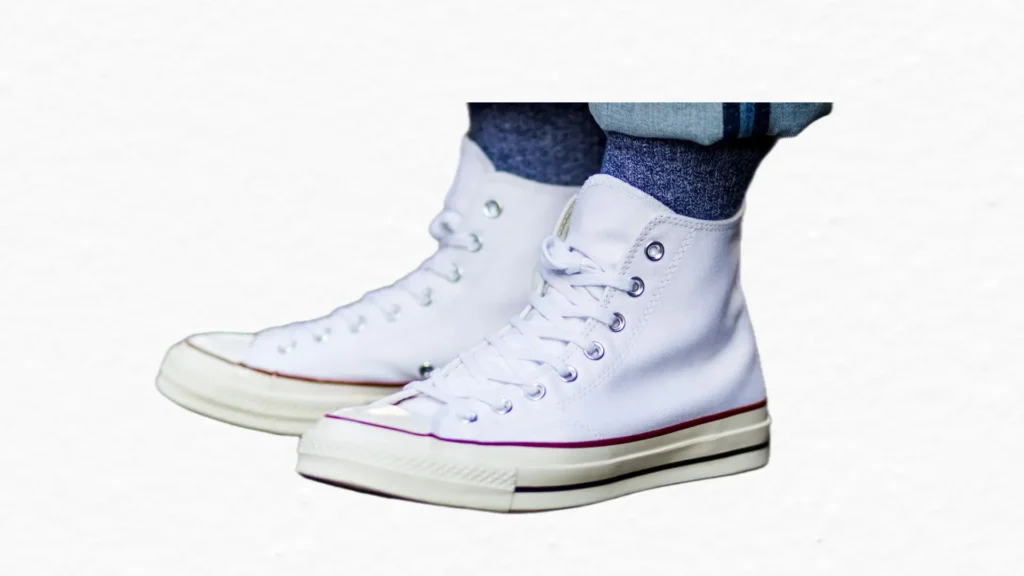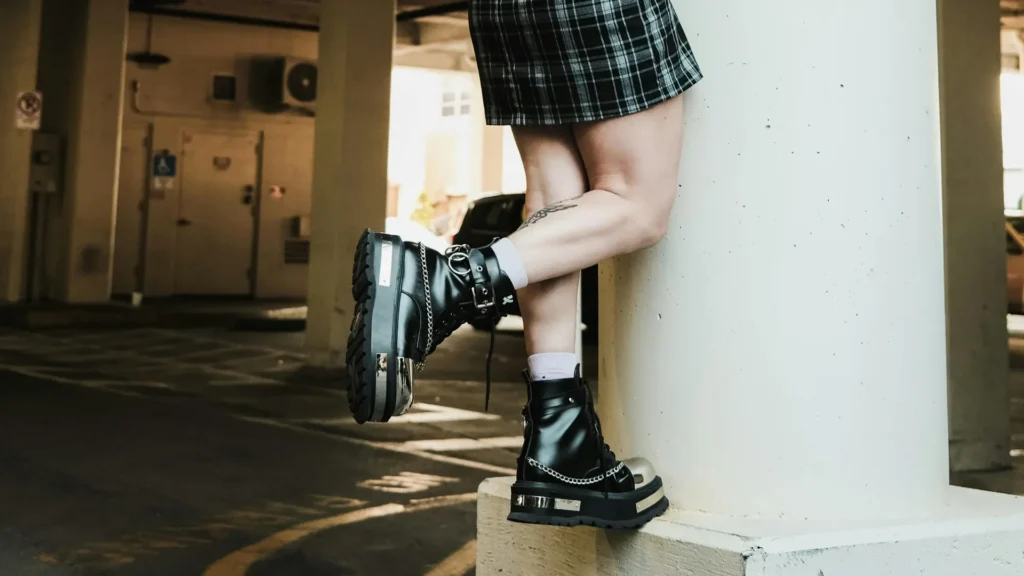Cold feet can dampen your spirits faster than a sudden snowstorm. Thankfully, there are inventive ways to fend off the chill. You can start with thermal insoles and extend to a host of clever shoe hacks. Here’s an in-depth guide to ensuring your feet stay toasty and functional all season long.
The Magic of Thermal Insoles
These lightweight inserts are engineered to provide insulation. They trap heat close to your feet while keeping the cold at bay. They’re typically crafted from wool, felt, and high-tech synthetic blends that excel at both warmth and moisture management.
Some premium versions feature a reflective layer. It redirects your body’s natural heat back toward your feet.
What makes thermal insoles so appealing is their ease of use. Most come with perforated lines or a trim-to-fit design. They allow you to customize them to any shoe size. They deliver an instant upgrade.
They’re handy for outdoor enthusiasts who face prolonged exposure to freezing temperatures. They offer a cost-effective alternative to splurging on specialized winter footwear.
Sock Strategies for Winter Shoe
Thermal insoles shine brightest when paired with the right socks. The golden rule of winter foot warmth is to avoid cotton. It soaks up sweat and leaves your feet damp and frigid.
Instead, reach for merino wool socks. They are naturally insulating, breathable, and excellent at wicking moisture away. Merino, in particular, is soft against the skin and resists odor.
For maximum warmth, try a two-layer sock system: a thin, moisture-wicking liner sock topped with a thicker wool sock.
This combo keeps your feet dry. This reduces friction to prevent blisters, and creates a cozy microclimate inside your shoes.
If your boots have extra room, don’t be afraid to double up on wool socks. Just ensure your footwear isn’t too tight. Restricted circulation can make your feet colder.
Warm your socks on a radiator for a few minutes before heading out for an instant dose of comfort.
Waterproofing Your Shoes to Make First Line of Defense
Wet feet are the enemy of warmth. Winter’s slush and snow can turn the sturdiest shoes into soggy disasters.
If your footwear isn’t inherently waterproof, a little DIY magic can help. Commercial waterproofing sprays, tailored to leather, suede, and synthetic fabrics, create a protective barrier that repels water.
Apply a generous coat, let it dry thoroughly, and reapply every few weeks for best results.
For a budget-friendly alternative, try the beeswax method. Rub a thin layer of natural beeswax over your shoes, then use a hairdryer to melt it into the material.
It’s not as durable as a store-bought spray. It’s a quick fix for light precipitation. If your shoes are already soaked, prevent future dampness by treating the insides, too.
Toe Warmers

Disposable toe warmers offer a burst of instant relief in winter. These air-activated packets generate heat for up to 6-8 hours. Slip them over your toes inside your socks, or tuck them beneath your thermal insoles for a steady glow of warmth.
They’re a favorite among skiers, and construction workers. Stock up at the start of the season. They’re inexpensive and easy to stash in a glove compartment.
DIY Insulation with Household Items
If you’re caught without thermal insoles, don’t despair—your home is full of makeshift solutions. Cut a piece of foam padding (like an old yoga mat) or bubble wrap to fit your shoe’s sole. Both materials trap air between your foot and the ground.
For a softer touch, repurpose an old wool sweater by tracing your insole shape and layering it inside your shoe.
These hacks won’t rival the efficiency of store-bought insoles, but they’re free and surprisingly effective in a pinch. Just ensure they don’t bunch up or throw off your shoe’s fit.
Drying Damp Shoes Like a Pro
A wet shoe is a recipe for misery. Keeping your footwear dry between uses is essential. After a snowy trek, stuff your shoes with crumpled newspaper. It absorbs moisture overnight and helps them hold their shape.
Replace the paper if it’s soaked through after a few hours. For faster results, set your shoes near a radiator and aim a small fan inside to circulate air. No fan? Toss in a handful of silica gel packets to suck up dampness.
Dry shoes paired with thermal insoles will feel like a warm hug every time you slip them on.
Traction Boosters for Slippery Surfaces
Winter isn’t just a battle against cold. It’s a fight to stay on your feet. Icy sidewalks and driveways demand extra grip. You can upgrade your shoes without buying expensive ice cleats.
Stick adhesive sandpaper strips to your soles for a gritty texture that bites into ice, or wrap thick rubber bands around the toe and heel for a quick traction boost.
For a rugged DIY option, drill small hex-head screws into the soles of an old pair of boots—just a few along the edges will do.
These tricks are perfect for short-term use. If you’re in a region with frequent ice, consider keeping a dedicated pair of grippy boots by the door.
With a mix of smart sock choices, along with thermal insoles, you can transform any pair of shoes into a cold-weather warrior. These hacks are affordable, practical, and adaptable to your lifestyle.




